However, going back to the years before the First World War, the Crusoe stairs led up to the 'band room' of the Largo Brass Band (also known as the Largo Prize Band and later the Largo Silver Band). The 1895 and 1905 valuation rolls note that the Largo Brass Band (secretary T. G. Wishart) were the tenants of the 'loft' (as it was described in 1895) or 'hall' (as it was described in 1905) within the granary. A reference to the stairs as the "stair leading to the Band Hall" can be seen in the sad news story below from 26 April 1895 East of Fife Record.
A couple of years later, on 14 Jan 1858, the Fifeshire Journal remarked upon a another ball held on New Handsel Monday in the granary.
Fast forward to 1890 and there was a smoking concert in the granary (29 Aug East of Fife Record). Perhaps the recently-built Temperance Hall would not have allowed such an event.
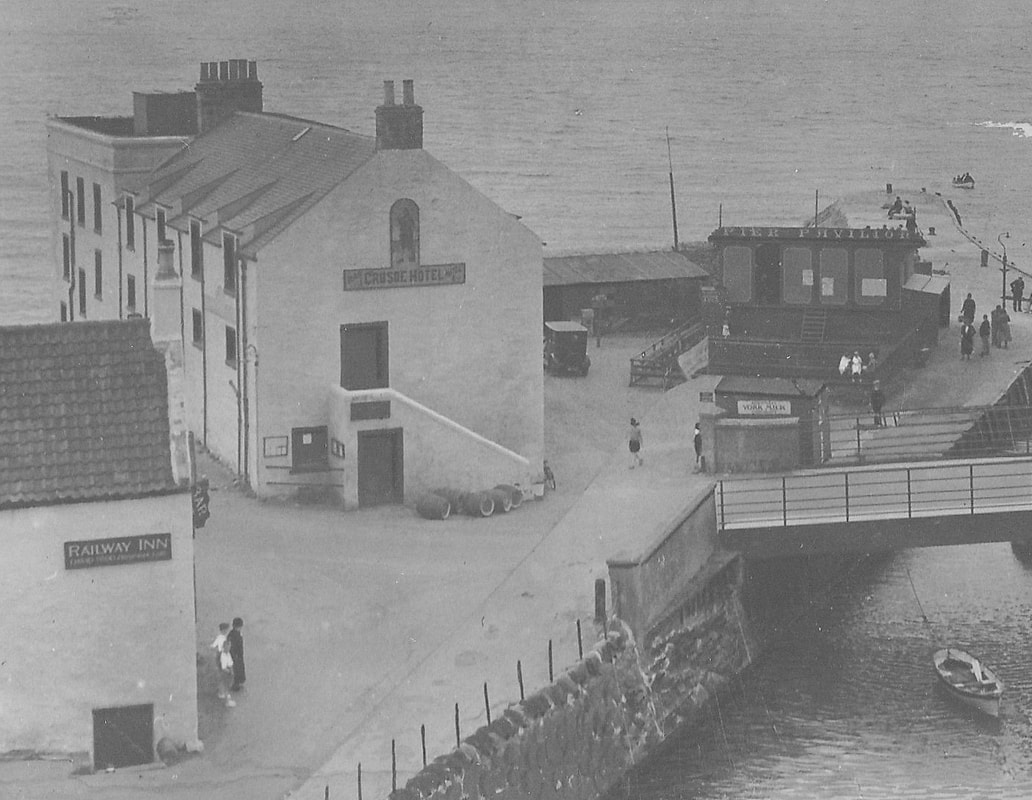
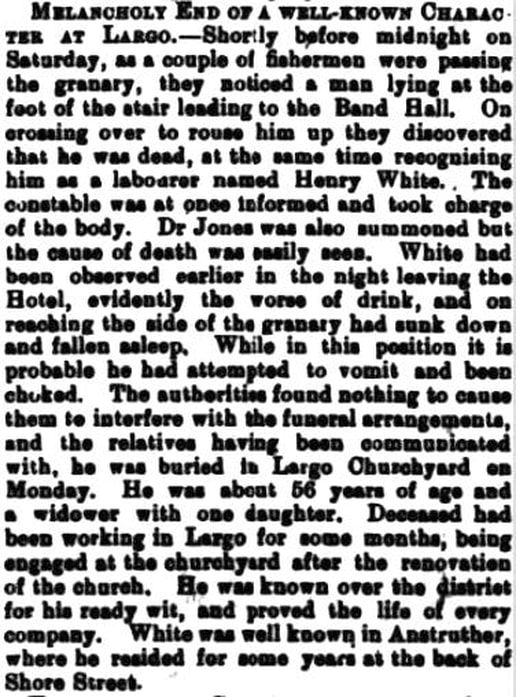

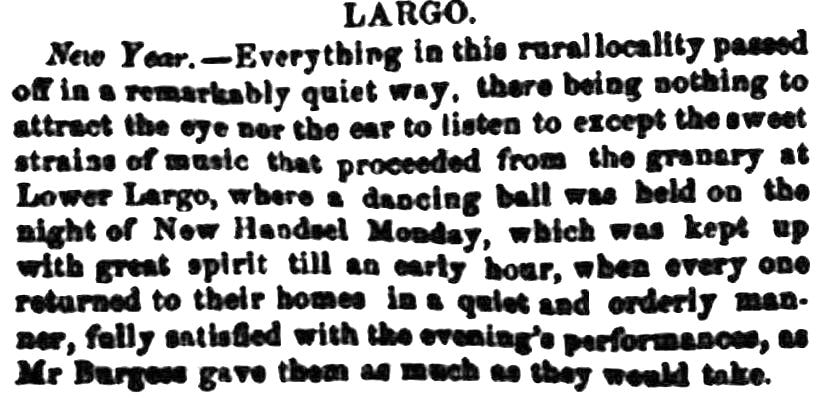
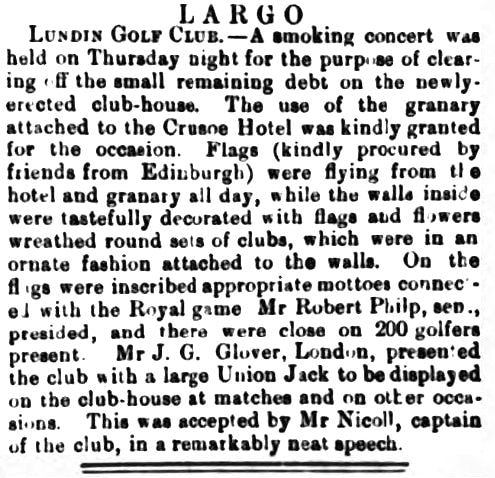
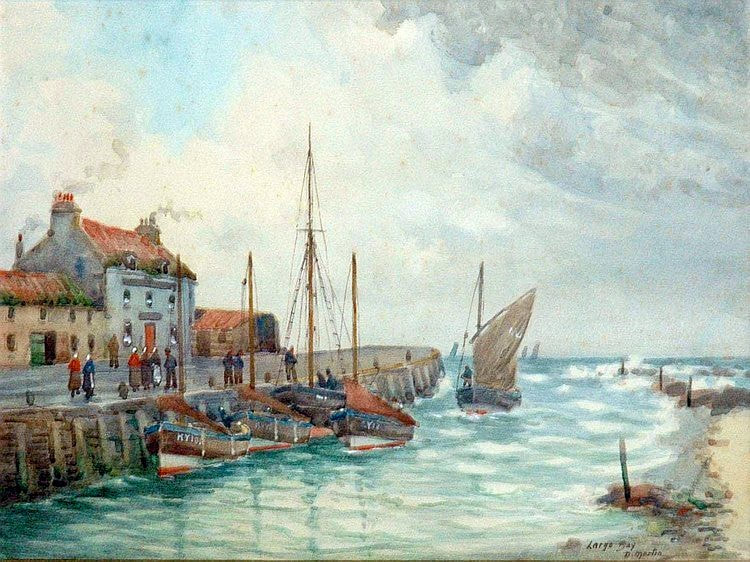
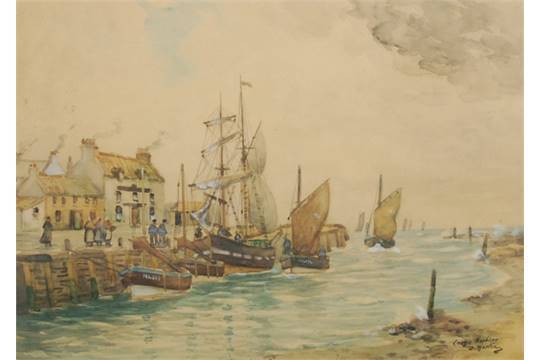
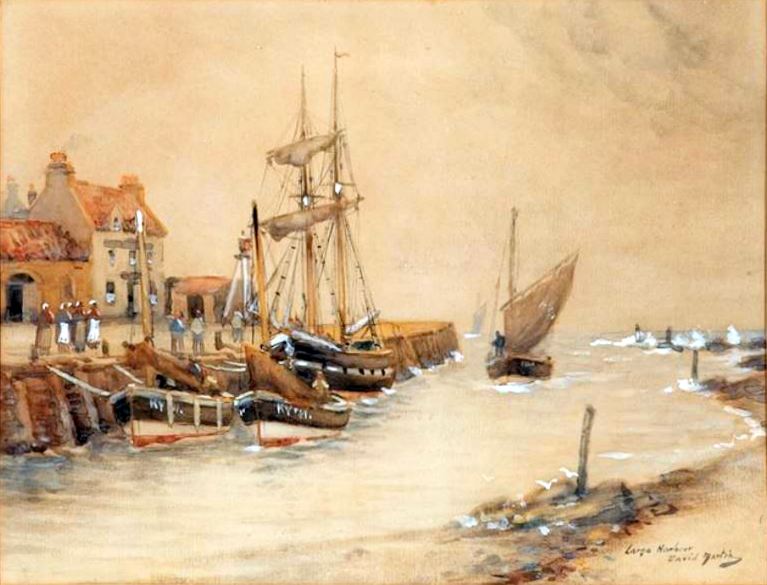
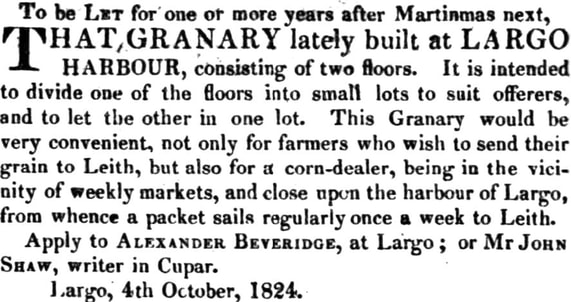
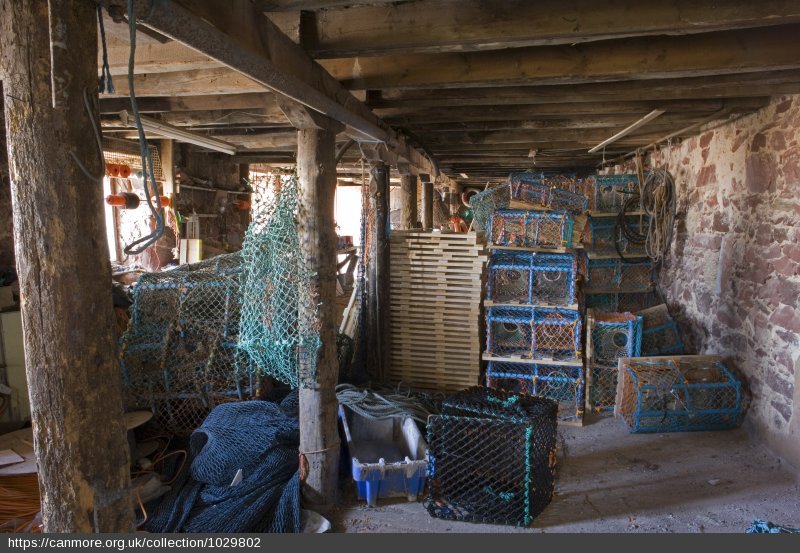

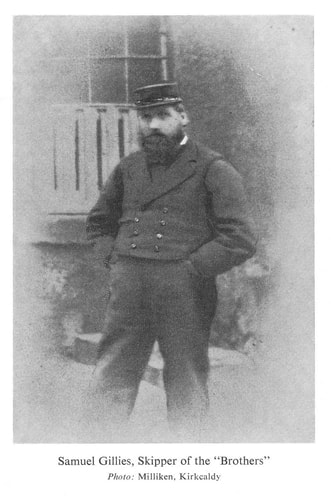
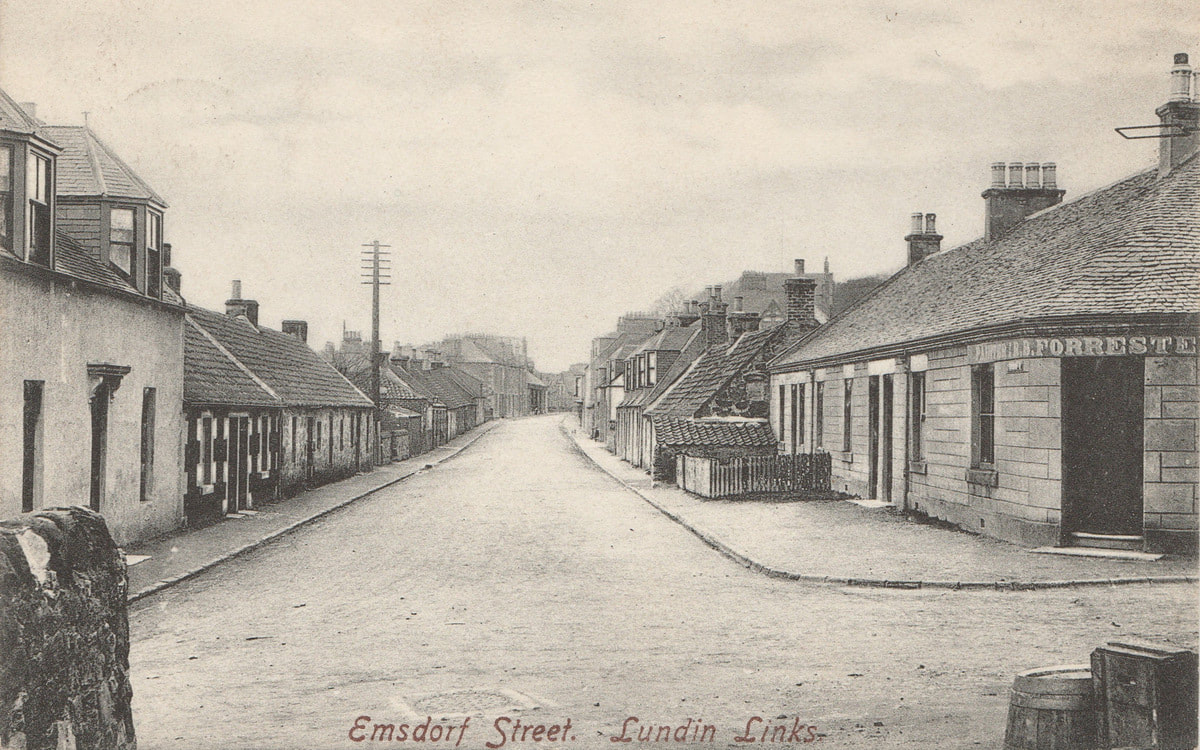
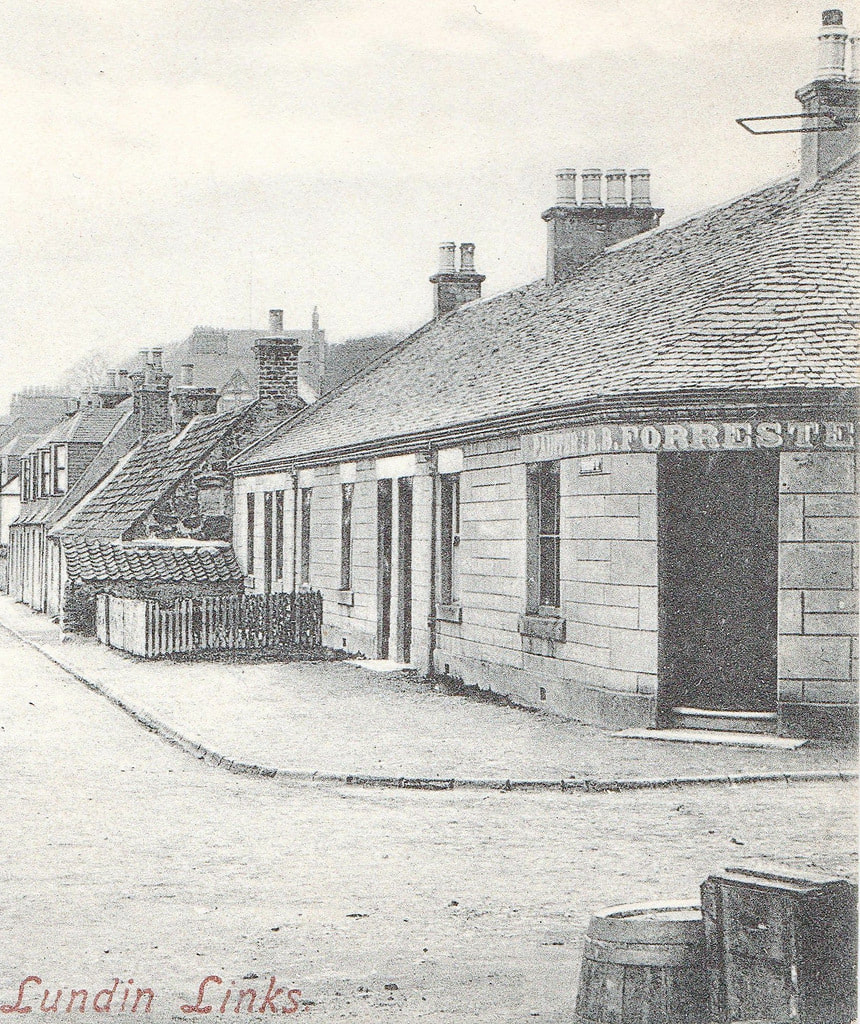
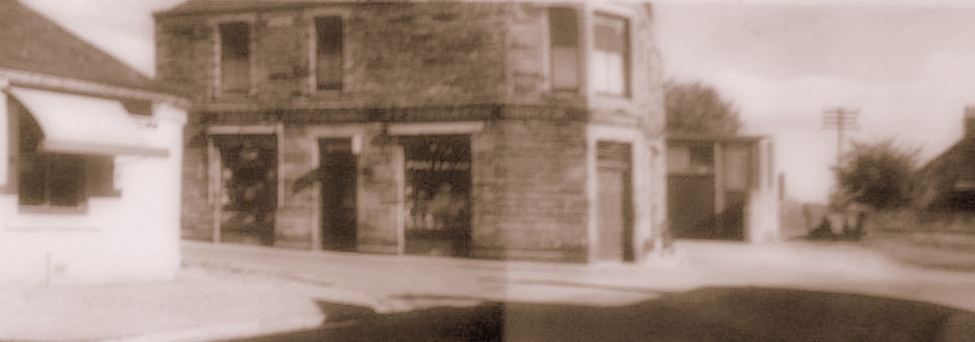
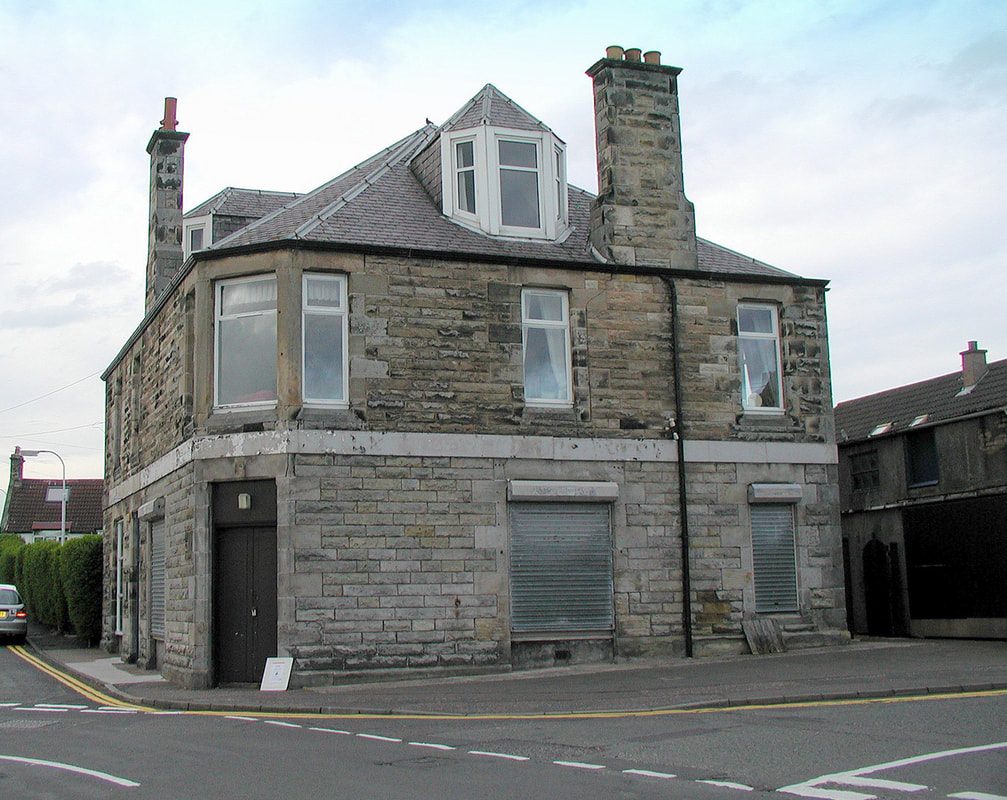
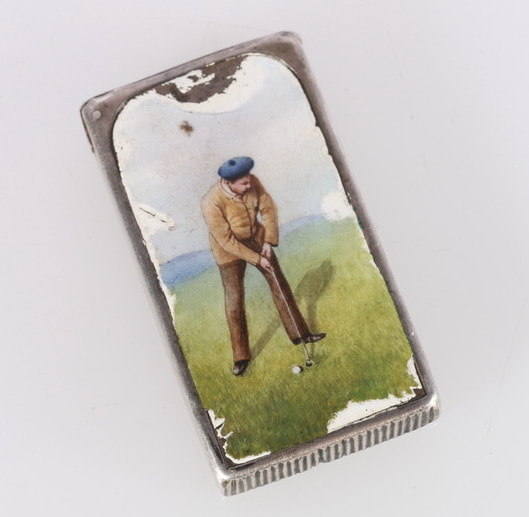
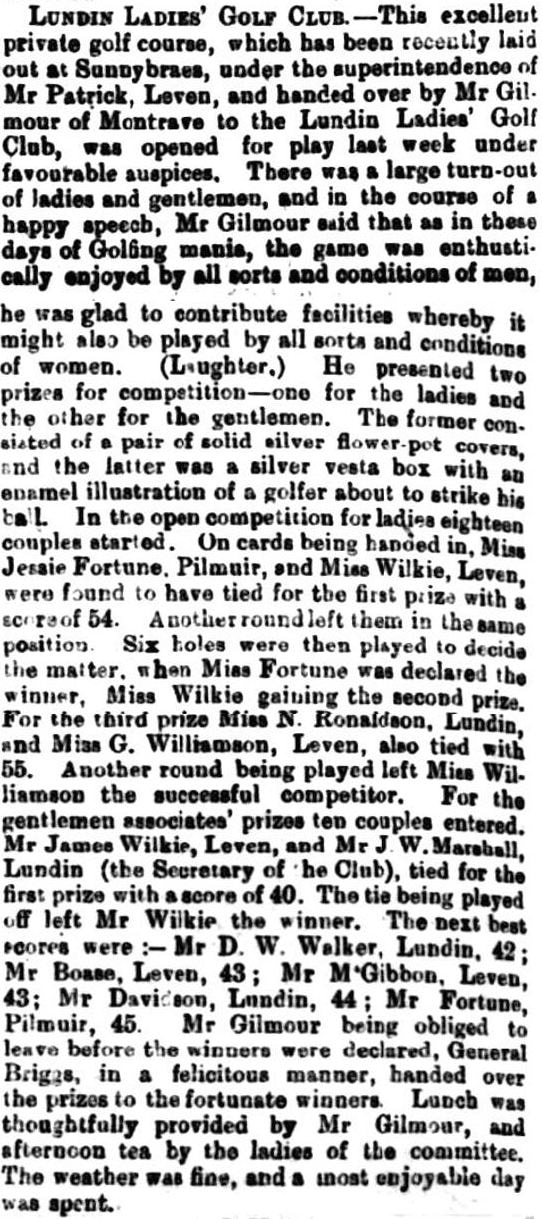
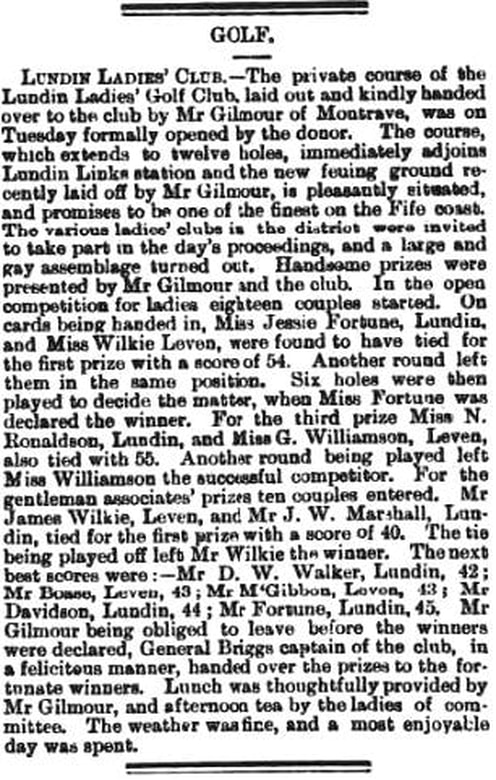
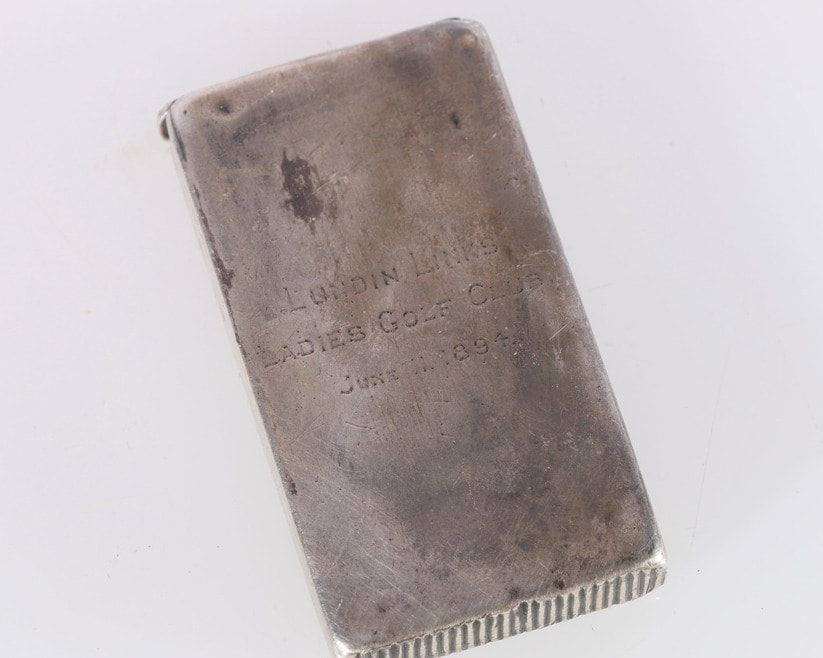
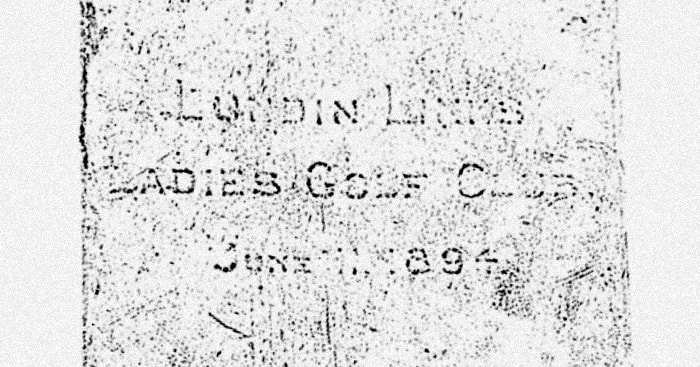
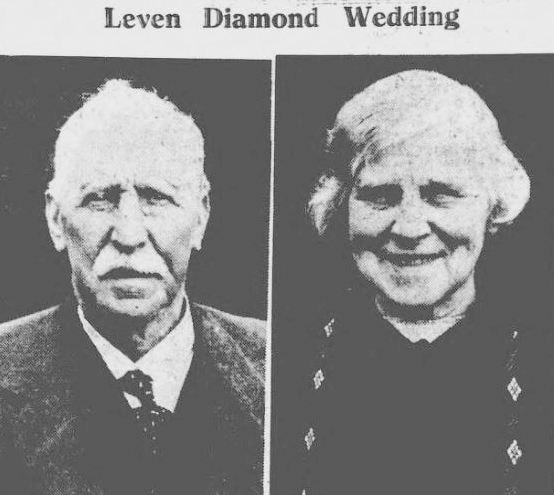
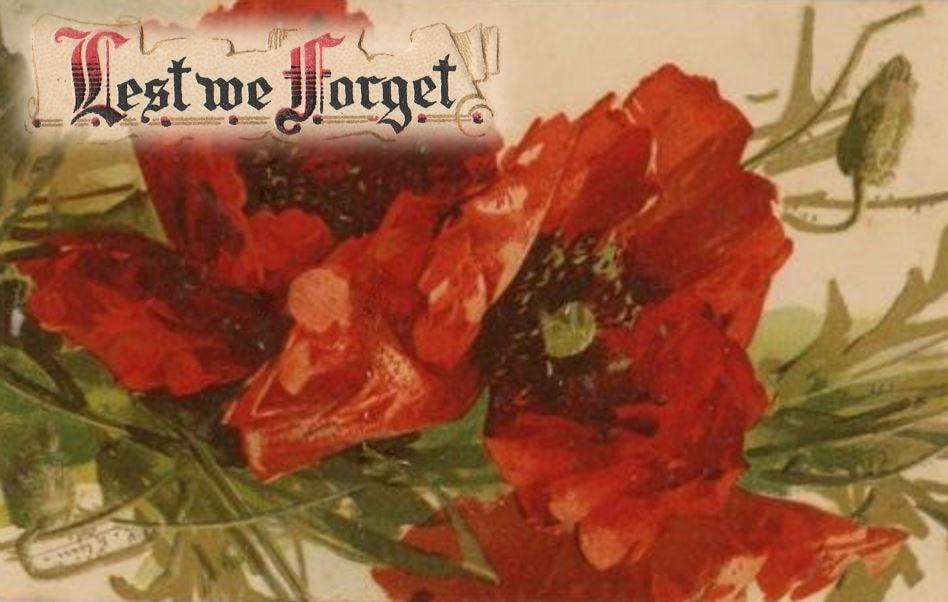
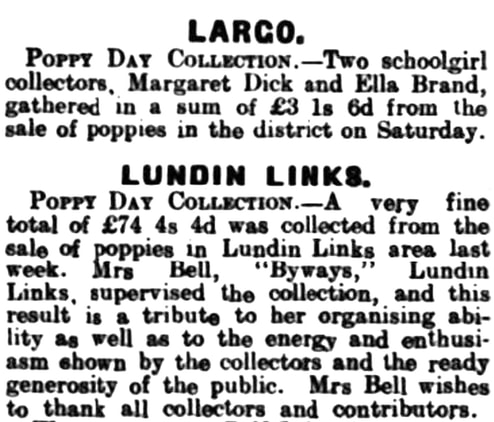
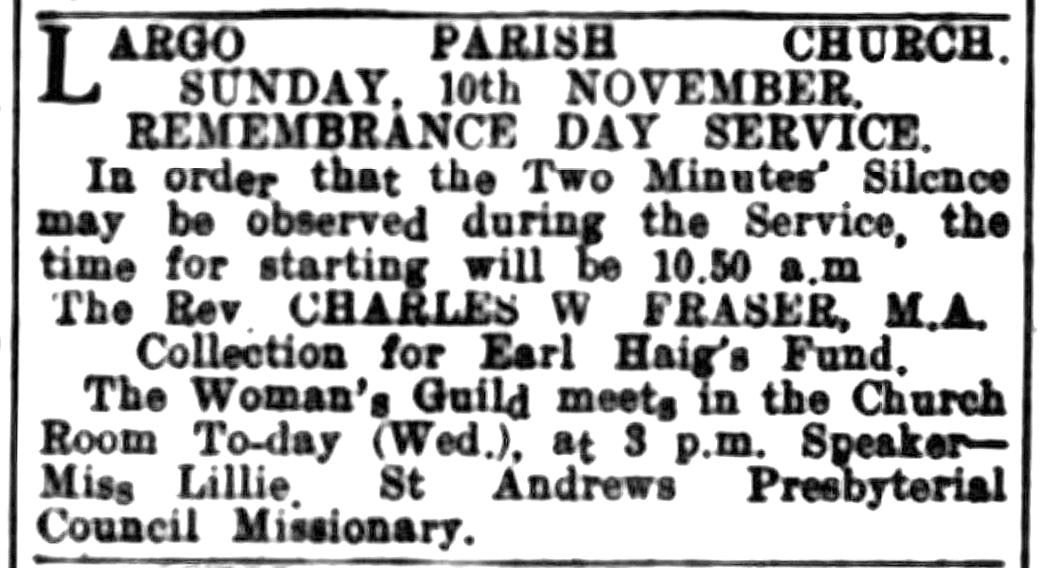
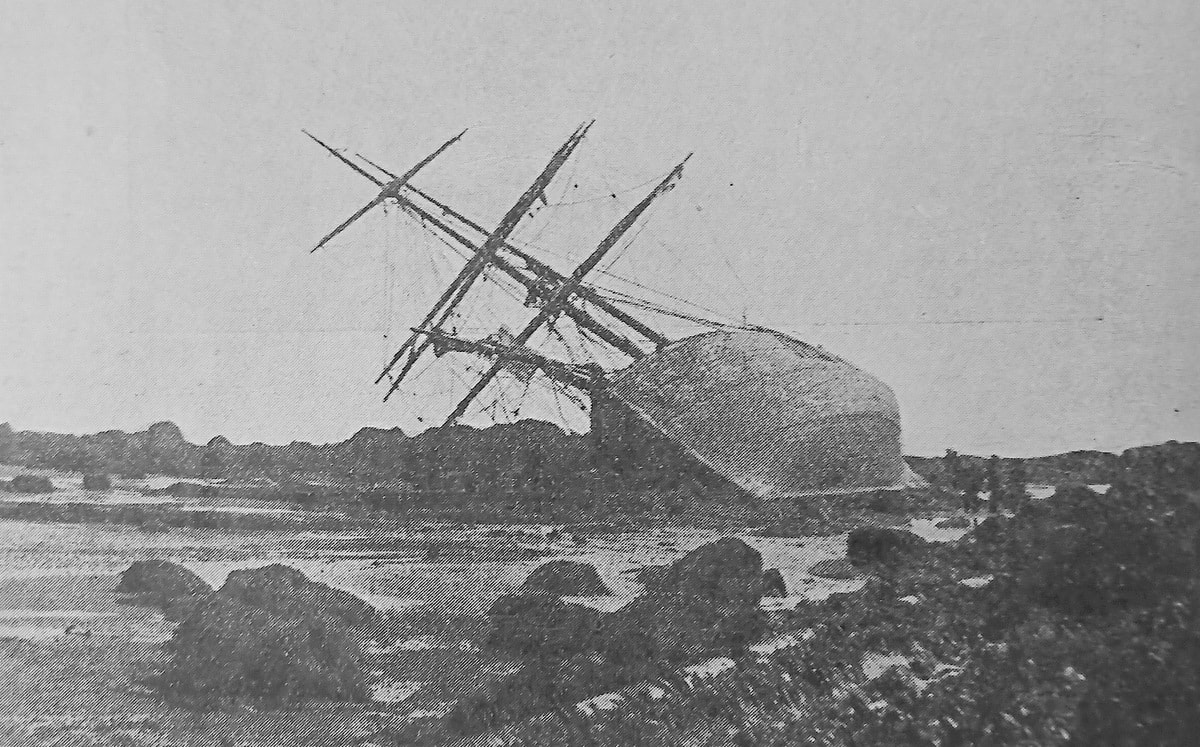
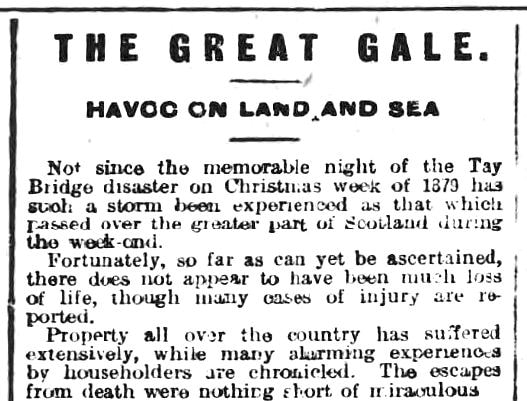
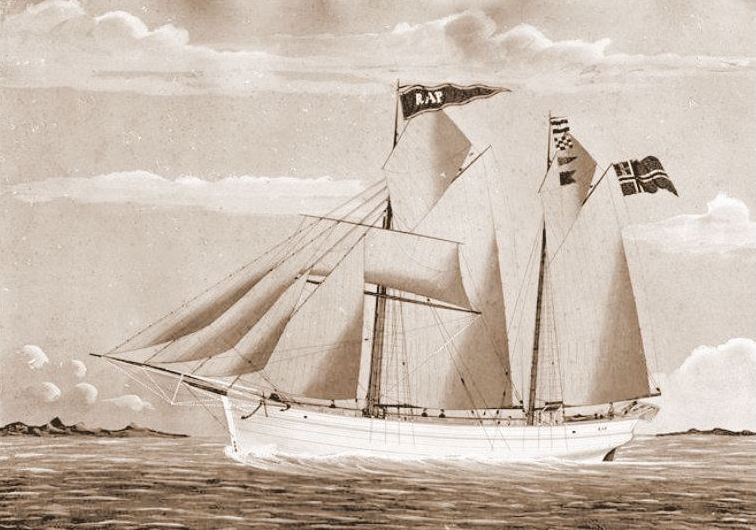
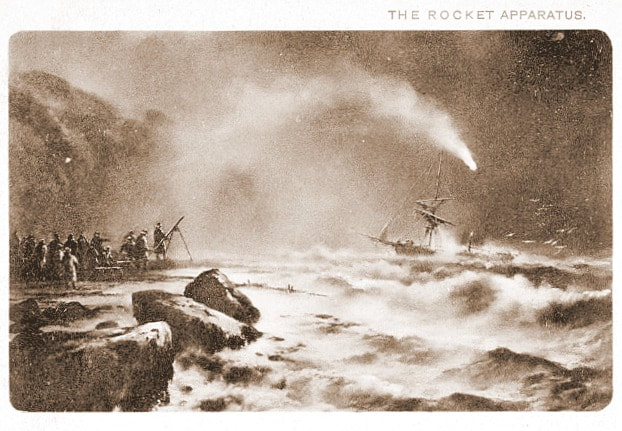
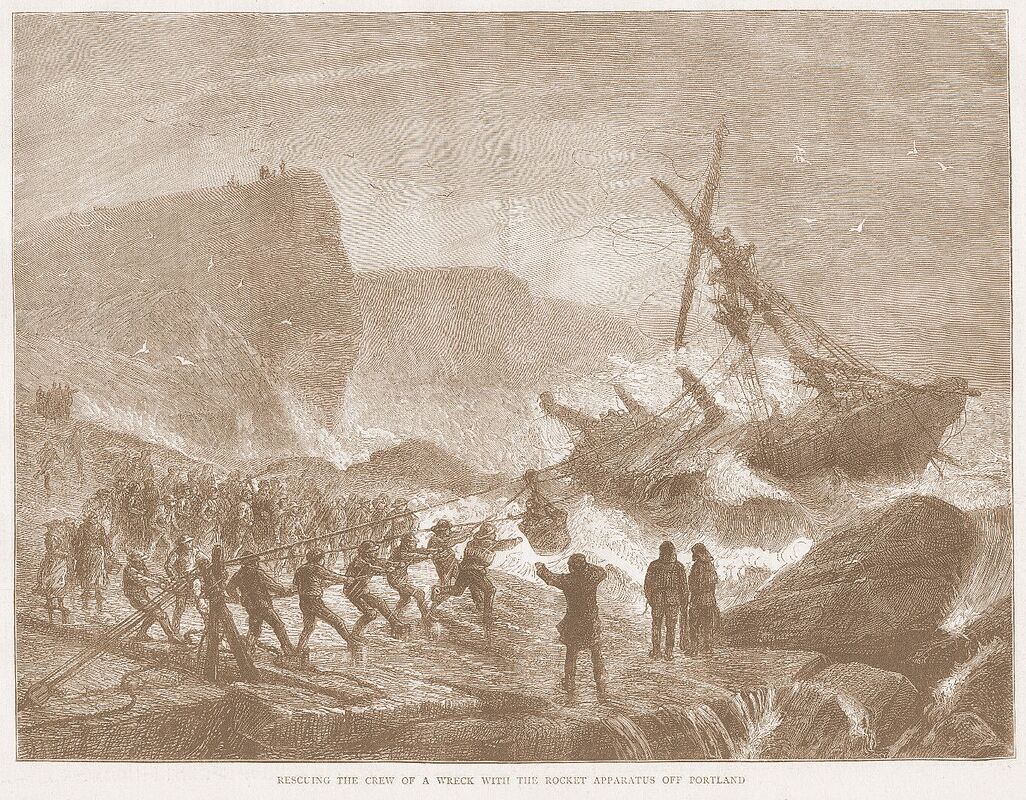
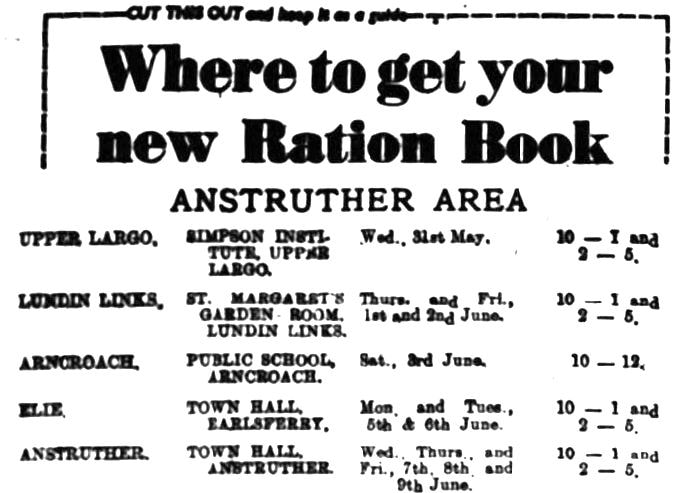
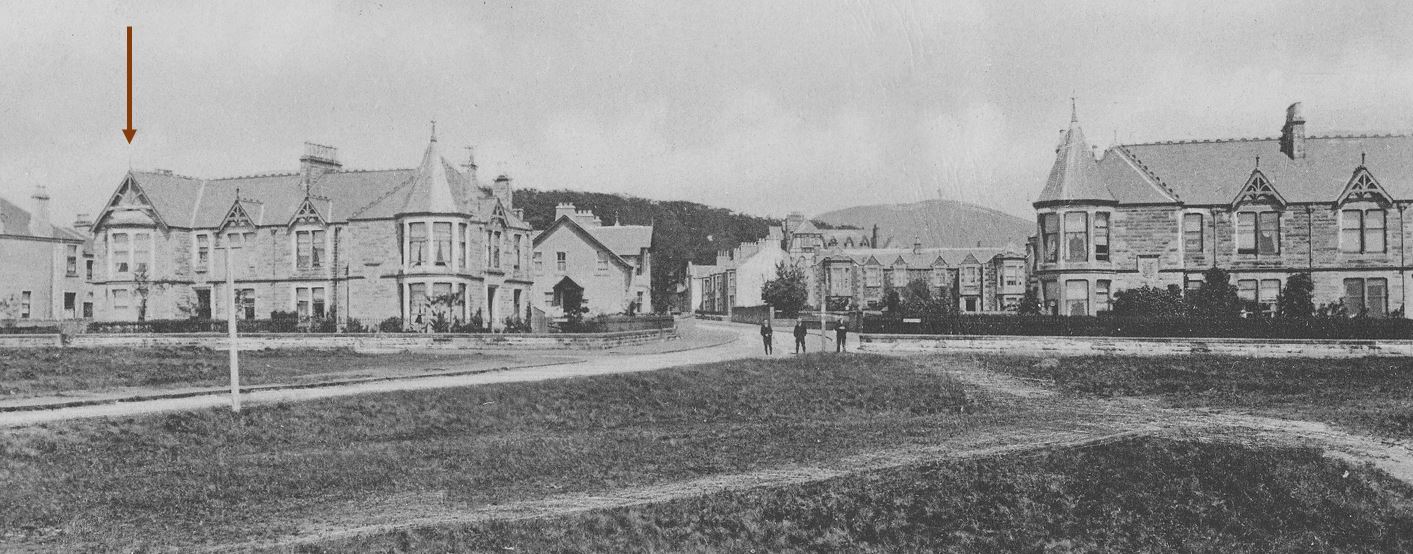
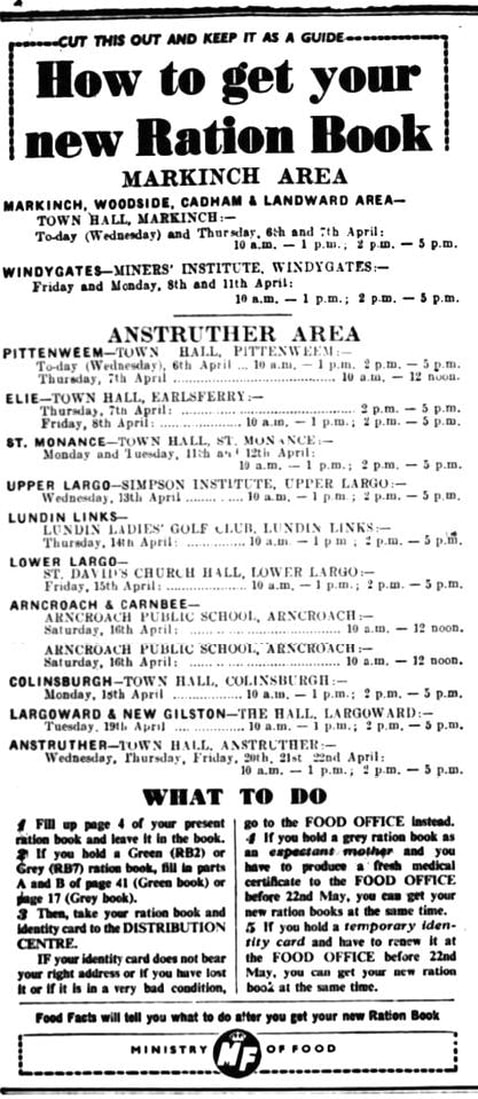
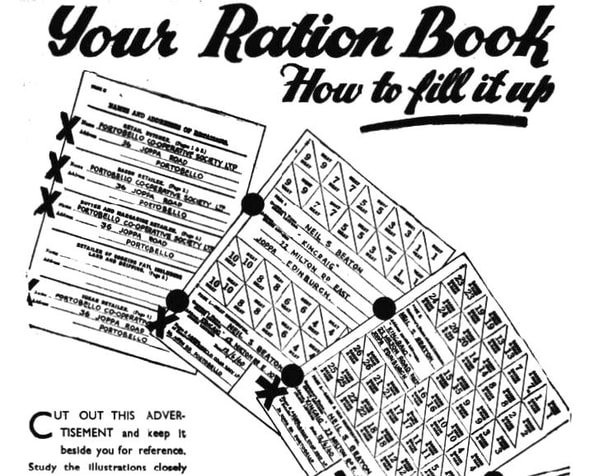
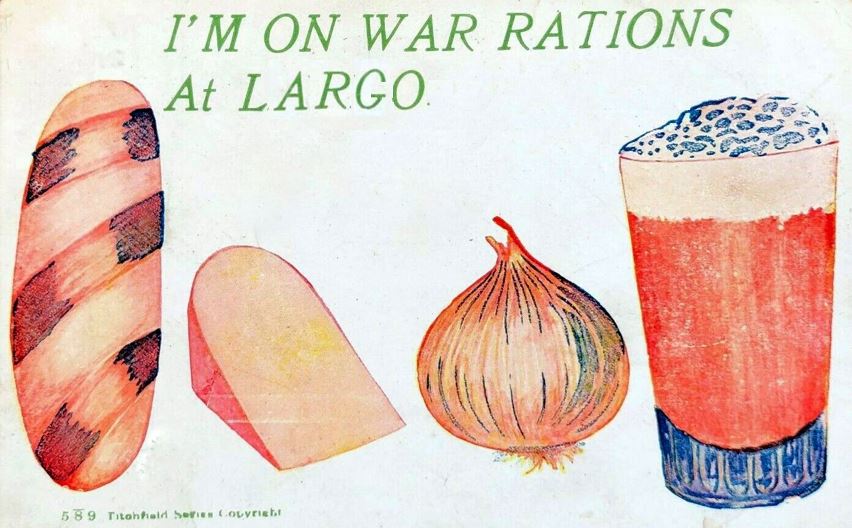
 RSS Feed
RSS Feed
